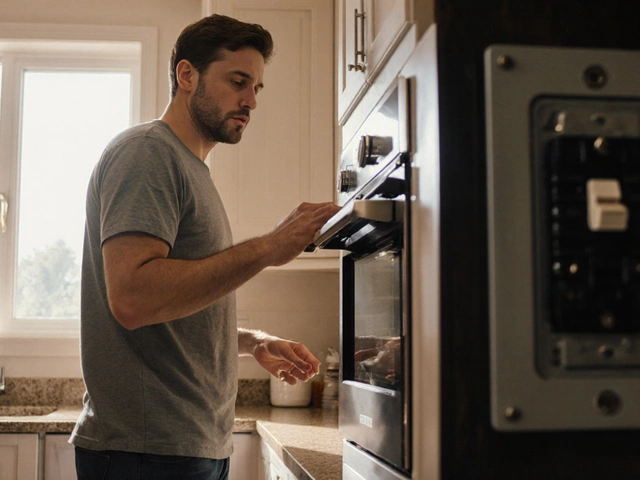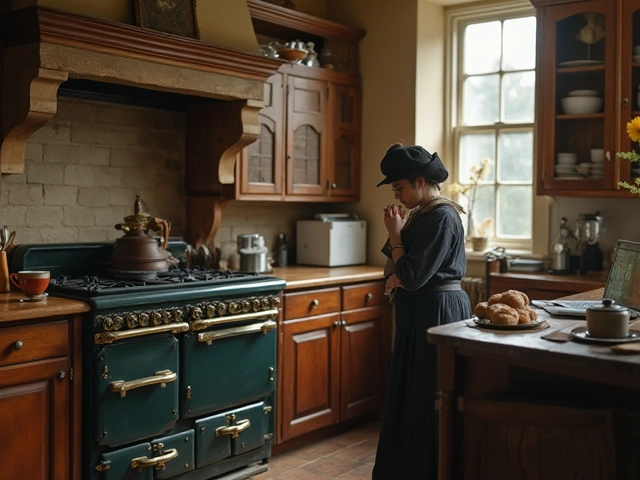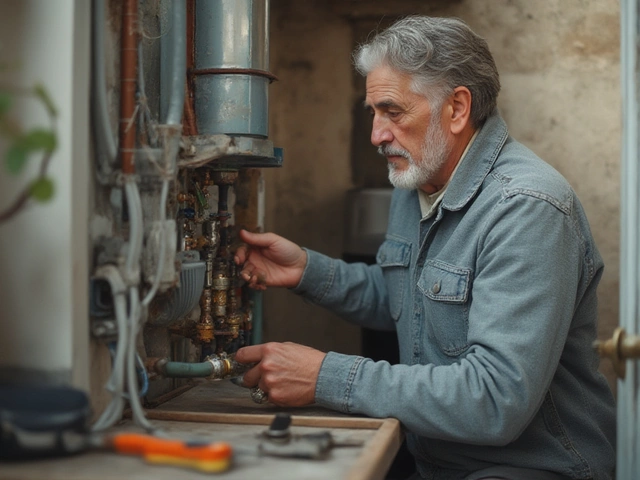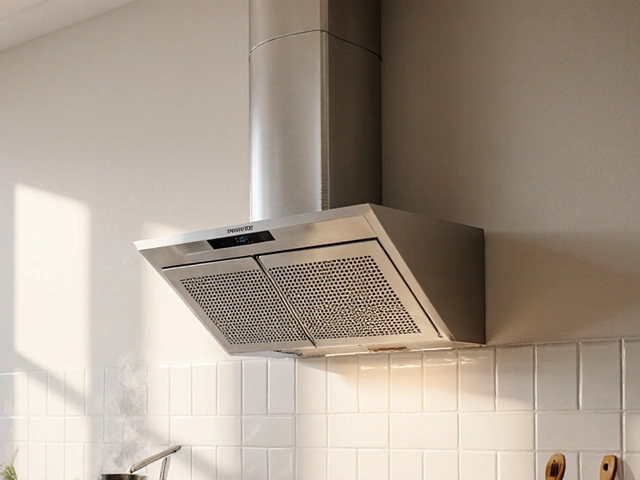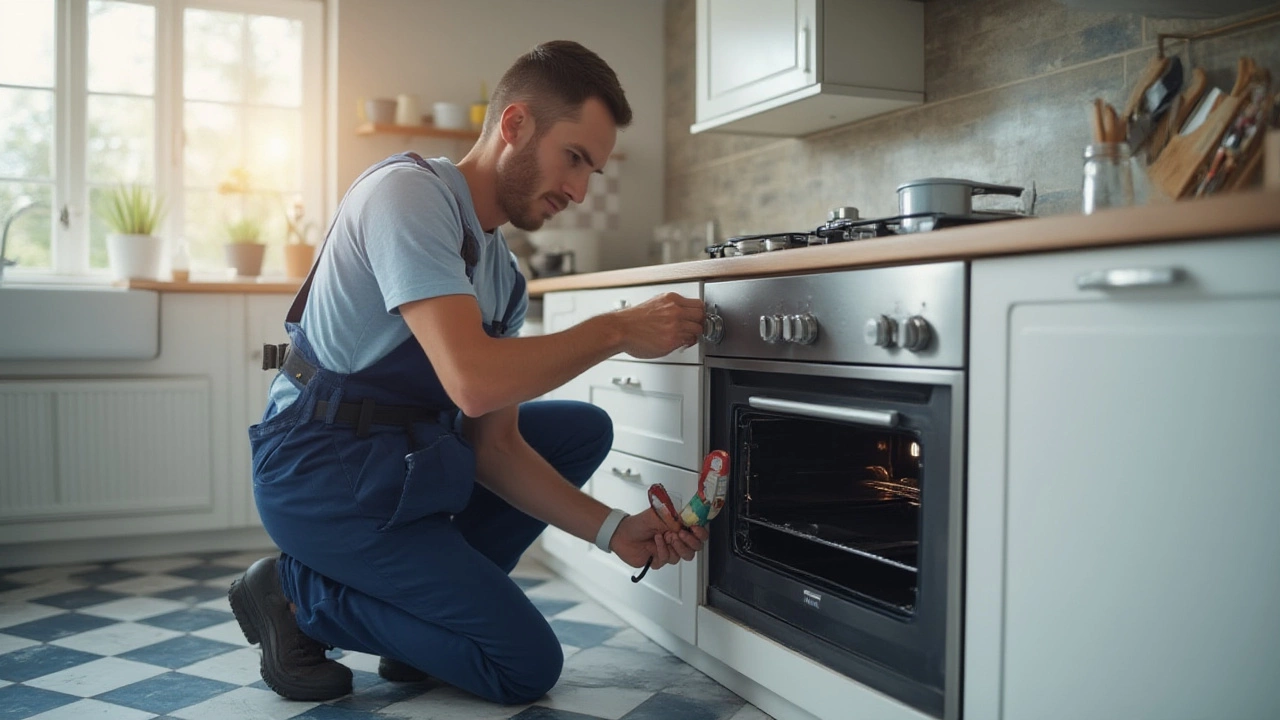Electrical Wiring: Simple Tips for Safe Home Repairs
Got a kitchen fan that hums weirdly? A dishwasher that won’t drain? Most of those problems start with the wiring behind the scenes. Knowing a few basics can save you time, money, and a lot of frustration. Below you’ll find straight‑forward advice on spotting wiring faults, doing quick fixes, and deciding when it’s smarter to call a pro.
DIY Wiring Fixes You Can Do Today
First, always turn off the circuit at the breaker. A dead circuit is the only safe way to work on any appliance. Once the power’s off, grab a flashlight and a multimeter – they’re cheap and worth the investment.
Check loose connections. Over time, plugs can loosen, especially in high‑vibration spots like washing machines. Unscrew the terminal, look for corrosion, and tighten it back up. A clean connection often restores power without any further work.
Test the plug. Plug the appliance into a different outlet you know works. If it runs, the issue is the original socket, not the wiring inside the device.
Inspect the cord. Look for cuts, frays, or burnt sections. If the outer jacket is damaged, replace the whole cord. You can buy replacement cords at any hardware store – just match the gauge and plug type.
For fans and extractor units, the motor is a common weak point. Many of our readers have asked whether they can replace a kitchen extractor fan motor themselves. The answer is yes, if you’re comfortable with a screwdriver and a bit of wiring. Remove the fan housing, note how the wires are connected (take a photo), detach them, and attach the new motor using the same color codes. Tighten the housing back, restore power, and test.
When to Call a Professional
If you see any of these signs, it’s time to call in a qualified electrician or our repair team:
- Repeated tripping of the circuit breaker.
- Burnt smells, sparks, or visible scorch marks on sockets or cords.
- The appliance still doesn’t work after you’ve checked the plug and cord.
- You’re dealing with hard‑wired appliances like built‑in ovens or boiler controls.
- You’re not sure how to interpret multimeter readings.
Trying to fix a problem you can’t fully understand can make things worse and even be dangerous. Our technicians are trained to work on everything from glass hob wiring to boiler control panels, and we carry the parts you’ll need for a quick fix.
One common question we get is whether an old oven’s wiring can be repaired or if it’s time for a replacement. The rule of thumb is simple: if the wiring harness is cracked, corroded, or the insulation is missing, replace the whole harness. It’s cheaper in the long run than patch‑up jobs that fail later.
Another hot topic is water heater wiring. A heater that suddenly gives only cold water might have a thermostat or element issue, but it could also be a loose connection in the power supply. If you’ve already checked the thermostat and the element is fine, look at the wiring terminal block for loose screws or burnt pins.
Remember, safety comes first. If you ever feel unsure, pause the work and give us a call. We offer same‑day service in Rugby and can diagnose the wiring problem on the spot.
Keeping these simple checks in mind will help you spot most wiring hiccups before they turn into costly repairs. And when you do need a professional, you’ll know exactly what to expect – a quick, reliable fix that gets your appliances back in action without any guesswork.
